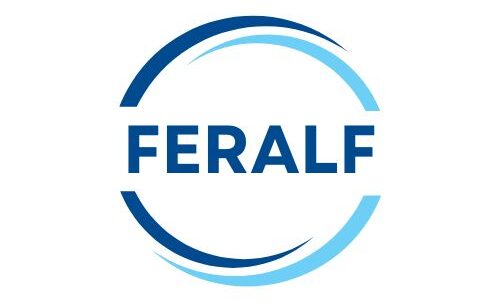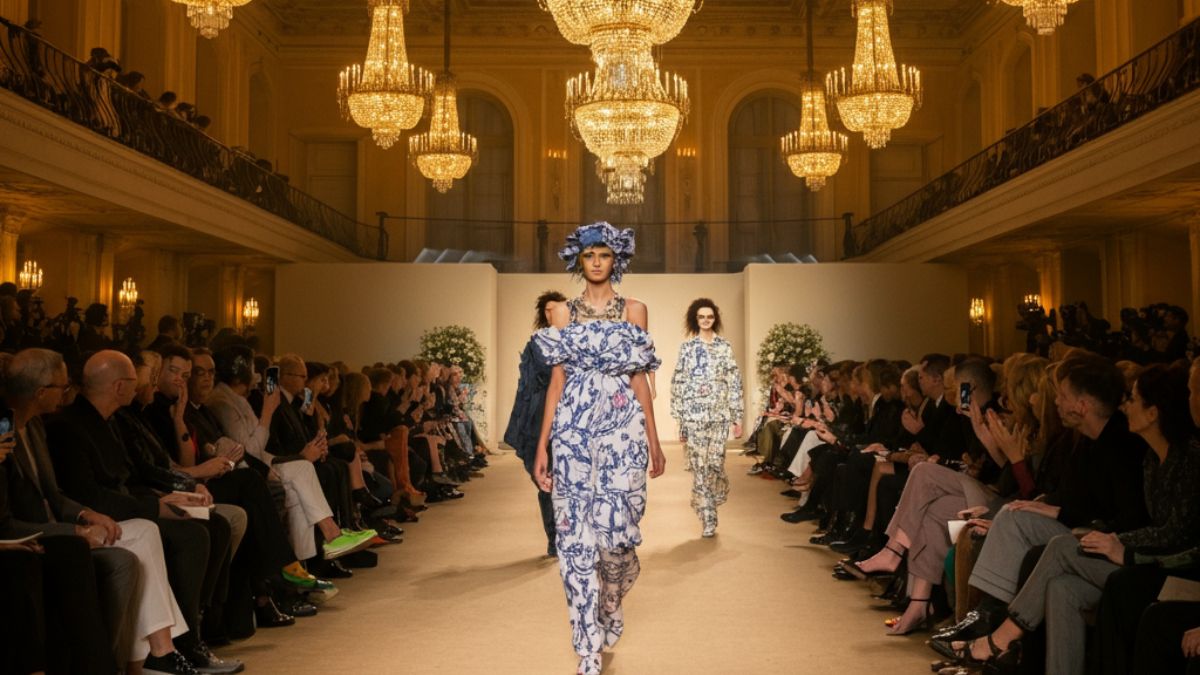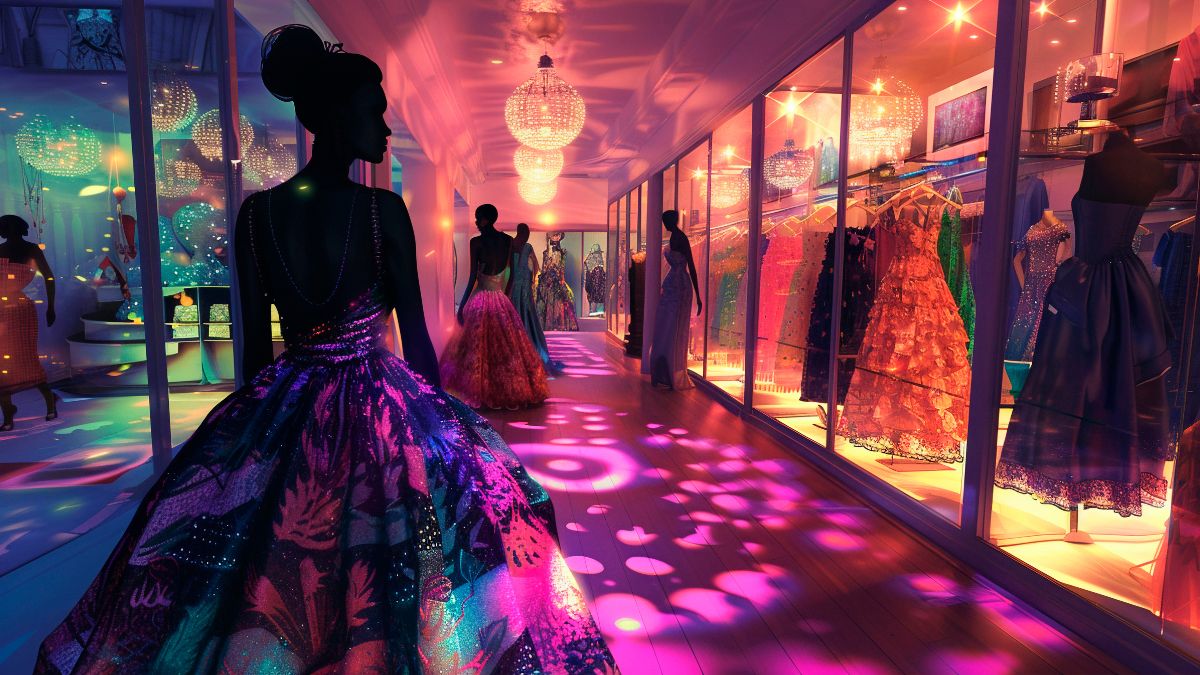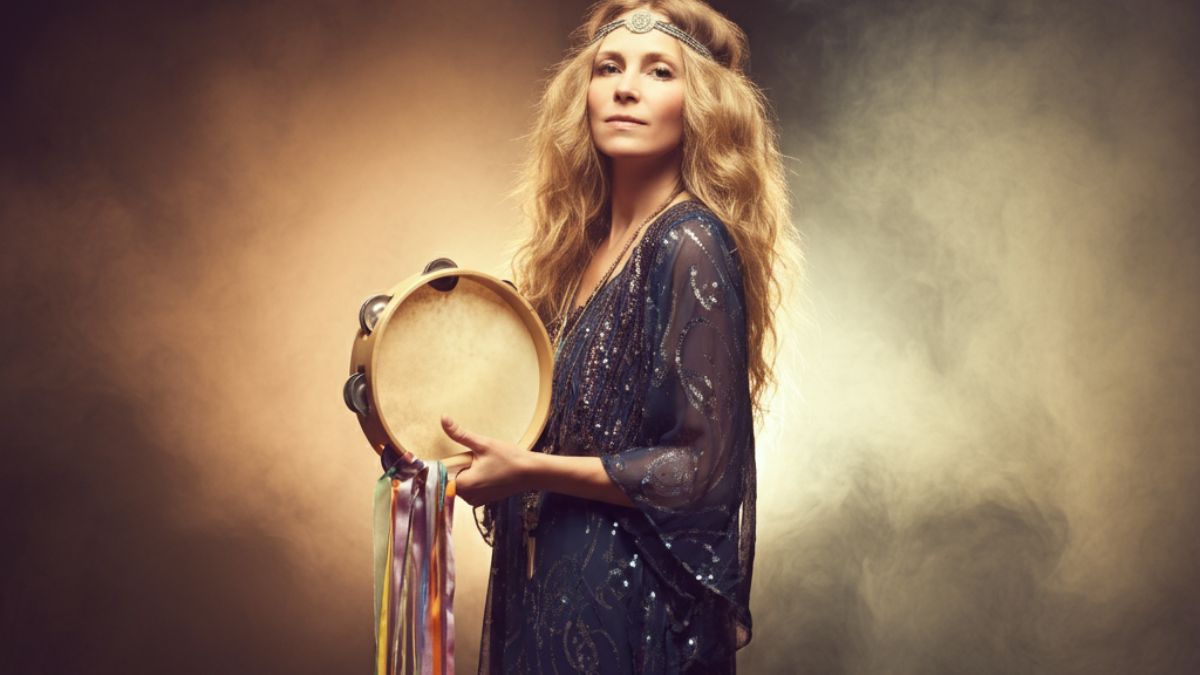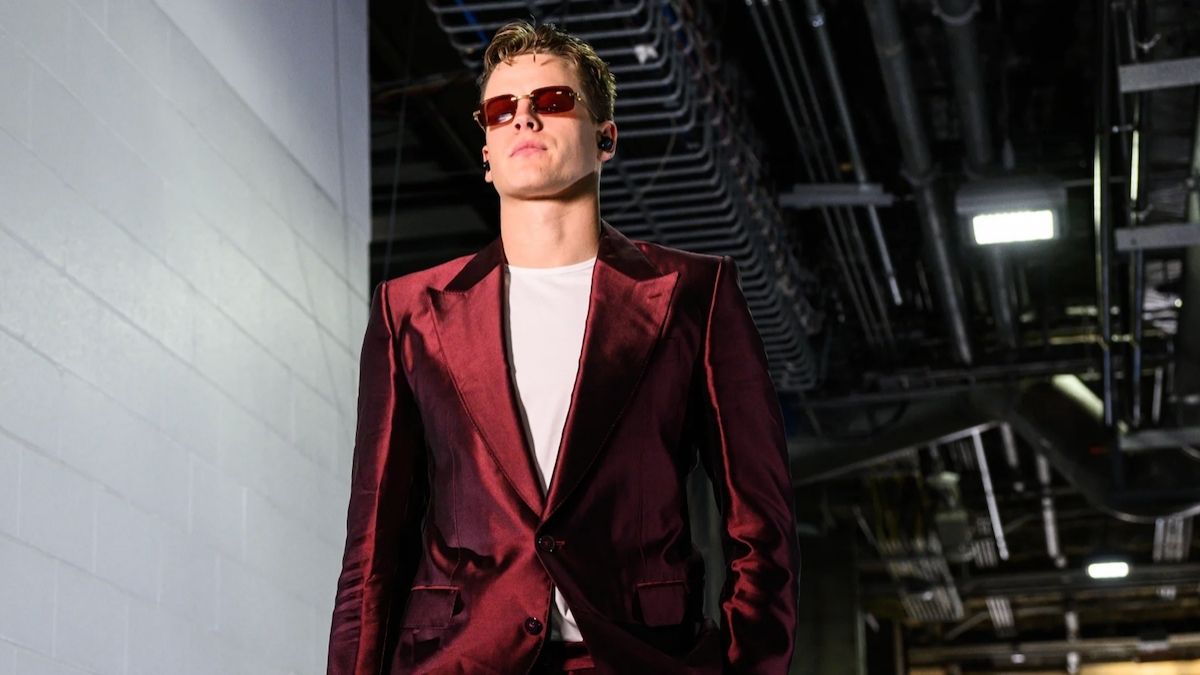The fashion world has always been synonymous with change. From bold runway statements to everyday wear, fashion mirrors the evolution of culture, societal norms, and even technology. It is a reflection of who we are and the times we live in. But 2024 is already shaping up to be a milestone year in the fashion industry, bringing some exciting transformations to how we create, consume, and think about fashion.
This blog will explore the latest trends shaping the fashion world, from sustainable practices to game-changing technology and radical shifts in consumer behavior. Whether you’re a fashion enthusiast or simply looking to stay informed, these insights will help you understand where fashion is heading.
Technology Redefining Fashion
The Rise of Digital Fashion
Digital fashion has moved beyond its niche beginnings to become one of the most exciting facets of the industry. Powered by cutting-edge technologies like blockchain and virtual reality (VR), this innovation allows users to “wear” digital-only outfits in online spaces. Think NFTs (non-fungible tokens) for clothing, and virtual runway shows with avatars donning iconic designs.
One shining example is DressX, a platform offering digital clothing items for social media or gaming profiles. Similarly, luxury brands like Balenciaga have collaborated with platforms like Fortnite, enabling gamers to purchase exclusive in-game fashion pieces.
Digital fashion offers eco-friendly alternatives to the traditional apparel industry. By reducing the production of physical samples and waste, it aligns perfectly with the growing demand for sustainability.
Artificial Intelligence (AI) in Fashion
AI is revolutionizing fashion at every level. Predictive analytics powered by AI is enabling designers to anticipate trends, allowing fashion houses to create collections that resonate with emerging consumer preferences.
AI is also transforming retail. Virtual fitting rooms help customers try on clothes digitally, while chatbots offer personalized recommendations based on shopping history. Tools like True Fit are helping brands minimize returns and boost consumer satisfaction, personalizing the shopping experience in real-time.
Interestingly, AI-generated designs are also making their way into mainstream collections. While brands like Prada and Gucci continue to set trends, independent designers are collaborating with AI to create experimental, data-backed pieces tailored to niche audiences.
Sustainable Fashion Takes the Spotlight
Circular Fashion Gains Ground
Fashion’s environmental impact has been under a spotlight for years. Addressing concerns like waste and overproduction, the industry is now focused on innovative solutions such as circular fashion.
Circular fashion emphasizes reusing, recycling, and upcycling materials throughout a garment’s lifecycle. Platforms like thredUP and Poshmark have seen a surge in popularity as more consumers opt for thrifted or secondhand clothing instead of fast fashion brands.
Even major players are committing to sustainability. Stella McCartney, for example, has long championed eco-friendly practices, consistently launching collections that emphasize biodegradable fabrics and cruelty-free materials.
Biofabricated Materials
2024 might be the year that biofabrication becomes mainstream. Lab-based materials, such as mushroom leather (mycelium) and spider silk, are gaining popularity for their durability and eco-friendliness. Companies like MycoWorks and Bolt Threads are already experimenting with these materials, demonstrating that luxury doesn’t have to come at the expense of the planet.
Inclusivity as a Core Principle
Expanding Representation
Diversity and inclusivity have become core values in modern fashion, influencing casting decisions and collection designs. Brands now understand that consumers want to see themselves represented. This shift toward representation includes body diversity, racial inclusion, and supporting different gender identities.
Savage X Fenty, Rihanna’s inclusive lingerie line, continues to lead the conversation by featuring models of all sizes, genders, and skin tones. Similarly, H&M’s collaborations with adaptive designers showcase how inclusivity also applies to individuals with physical disabilities.
Gender-Neutral Fashion
Once considered an avant-garde concept, genderless fashion is now a key segment of the industry. Labels like Telfar and JW Anderson have normalized unisex clothing, refusing to conform to traditional notions of menswear or womenswear. By removing labels, these brands emphasize the freedom of personal expression over societal norms.
Shifting Consumer Behavior
The Rise of “Slow Fashion”
The slow fashion movement is making waves, as consumers question the ethics of fast fashion. Shoppers increasingly prioritize quality over quantity, opting for timeless pieces built to last rather than chasing fleeting trends.
Brands like Everlane and Patagonia are capitalizing on this demand by offering transparent supply chains, ethical manufacturing, and durable designs. These moves not only resonate with eco-conscious buyers but also lead to stronger brand loyalty in the long term.
Rent, Don’t Buy
Wardrobe rentals are thriving as consumers ditch one-time purchases for something more practical and planet-friendly. Platforms like Rent the Runway and Nuuly allow fashionistas to experiment with styles and designers without the financial or environmental guilt. Renting also aligns with the desire to reduce clutter and engage in conscious consumption.
The Role of Fashion Communities
Fashion world Communities have always defined trends, and with the rise of social media, they now play an even more active role. Influencers and fashion micro-communities set the tone for new collaborations, swaps, and DIY movements.
Platforms like Instagram and TikTok have democratized fashion, giving up-and-coming designers a chance to shine while connecting consumers to every imaginable niche. Personalized styling videos and thrift hauls aren’t just fun content; they’re becoming powerful forces driving the next wave of fashion trends.
Looking Forward
The fashion world in 2024 is an exciting, dynamic space filled with innovation and purpose. With digital transformations, sustainable initiatives, and inclusive values reshaping the industry, fashion is more than just what you wear—it’s a reflection of our culture, ethics, and creativity.
For those looking to stay ahead of these trends or elevate their personal styles, now is the perfect time to invest in sustainable, versatile pieces that genuinely resonate with you. Fashion isn’t just about following trends; it’s about defining your story, one outfit at a time.
